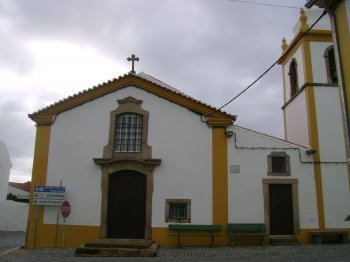Explore the best places
Discover new places in Nisa
Praia Fluvial do Arneiro
- beach
Praia Fluvial do Arneiro
6050, Santana
A space of great biodiversity where you can experience the waters of the Tagus while spotting birds such as the goldfinch, the blackbird, the partridge or other larger birds such as the heron, the kite or the stork. It has a picnic area, and you shouldn't leave Arneiro without passing by the community ovens and the remains of the castle.
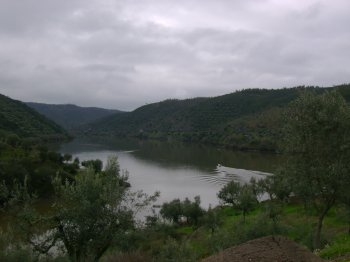
Percurso Pedestre Olhar sobre a Foz (PR3)
- country
São Matias
6050, São Matias
Walking route of 5.75 kilometers and expected to last 2 hours. It begins at the Velada Hydroelectric Power Station, built in 1935; it runs alongside Ribeira de Nisa. After passing the point where it crosses the Tagus, the most difficult point of the route is reached, as the eucalyptus trees become denser and the climb is steep, but it will be worth the effort, as, at the top, there will be an incredible panoramic view over the Nisa and the Tagus. The difficulty level of this tour is easy.
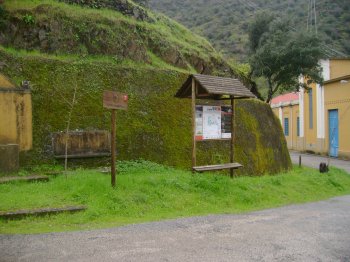
Porta da Vila de Nisa
- heritage
Largo Doutor António Granja, 6
6050, Nisa
Medieval door with a round arch, supported by two projecting towers, with several shields. The lock holes can still be seen. One of the towers is attached to the clock tower, and access to any of the towers is via a stone staircase.
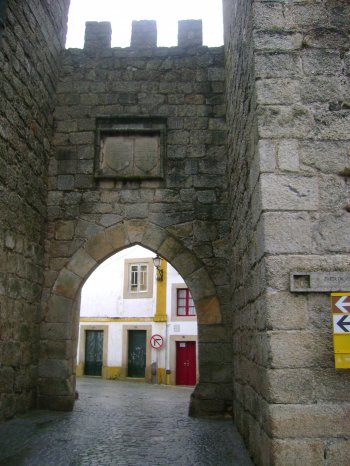
Anta 1 de São Gens
- heritage
Lugar de São Gens
6050, Nisa
Corridor funerary dolmen made up of five granite supports with a slight inclination that support the hat, a chamber and a door that separates this structure from the corridor, where some stones can still be seen.

Castelo de Amieira do Tejo
- heritage
Praça Dom Nuno Álvares Pereira
6050-136, Amieira do Tejo
Castle ordered to be built by Álvaro Gonçalves Pereira in 1350, having undergone several modifications in the following centuries. This castle was part of a vast line of fortresses and watchtowers that protected the much attacked banks of the Tagus River. Its architectural design indicates a function aimed at the protection and refuge of populations. Made of dressed granite, it is an important symbol of Portuguese military architecture of the time. Located in a privileged location, on the banks of the Tagus River, it has a good panoramic view. It is shaped like a quadrilateral and is flanked by four …
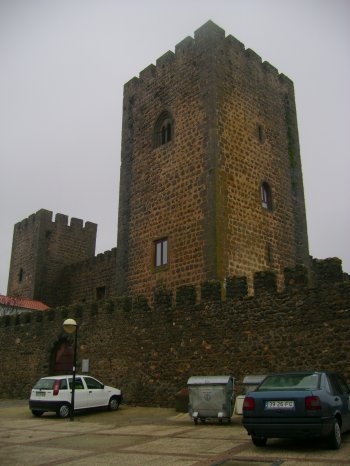
Regata
- food & drink
Estrada das Amoreiras, 6
6050-016, Alpalhão
Ideal space to get to know some of the region's gastronomy, whose specialties may include: lamb stew, grilled black pork soup or grilled bass sarapatel. Good wine list, with highlight to the Alentejo.
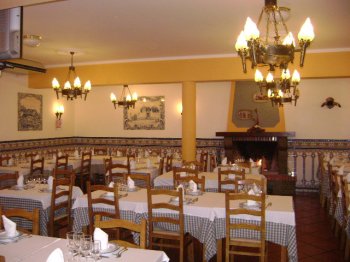
Alpalhoense
- food & drink
Largo Doutor Alves da Costa, 1
6050-047, Alpalhão
Medium-sized space, serving specialities from Alentejo with unforgettable quality.
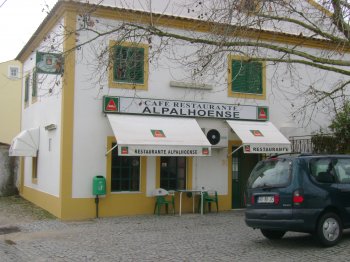
Igreja da Misericórdia de Arez
- heritage
Rua Alexandre Herculano
6050-201, Arez
Its construction has probable pointing to the year 1618. It consists of nave with wooden roof, chancel with coffered Dome, sacristy and dependencies. The main altarpiece has Mannerist characteristics. Highlights for the murals of the interior simulating 18th century altarpieces.
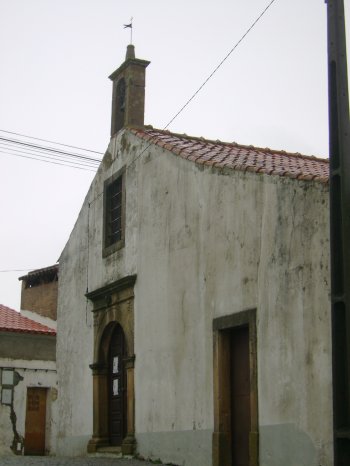
Igreja da Misericórdia de Montalvão
- heritage
Rua do Arrabaldo
6050, Montalvão
Church with probable date from the 13th century, consisting of three ships and five spans, chancel and vestry. The main door and sides must also Gothic influence. The interior is markedly 1500s, the side altars Baroque and Mannerist Epistle. Banks are 17th century.

Igreja da Misericórdia de Alpalhão
- heritage
Rua da Carreira, 1
6050-044, Nisa
Building built in 1511, consisting of nave, chancel, belfry of four eyelets, consistory and sacristy. Inside the Mannerist painted altarpieces and gold. The image you see in the central niche of St. John the Baptist.
